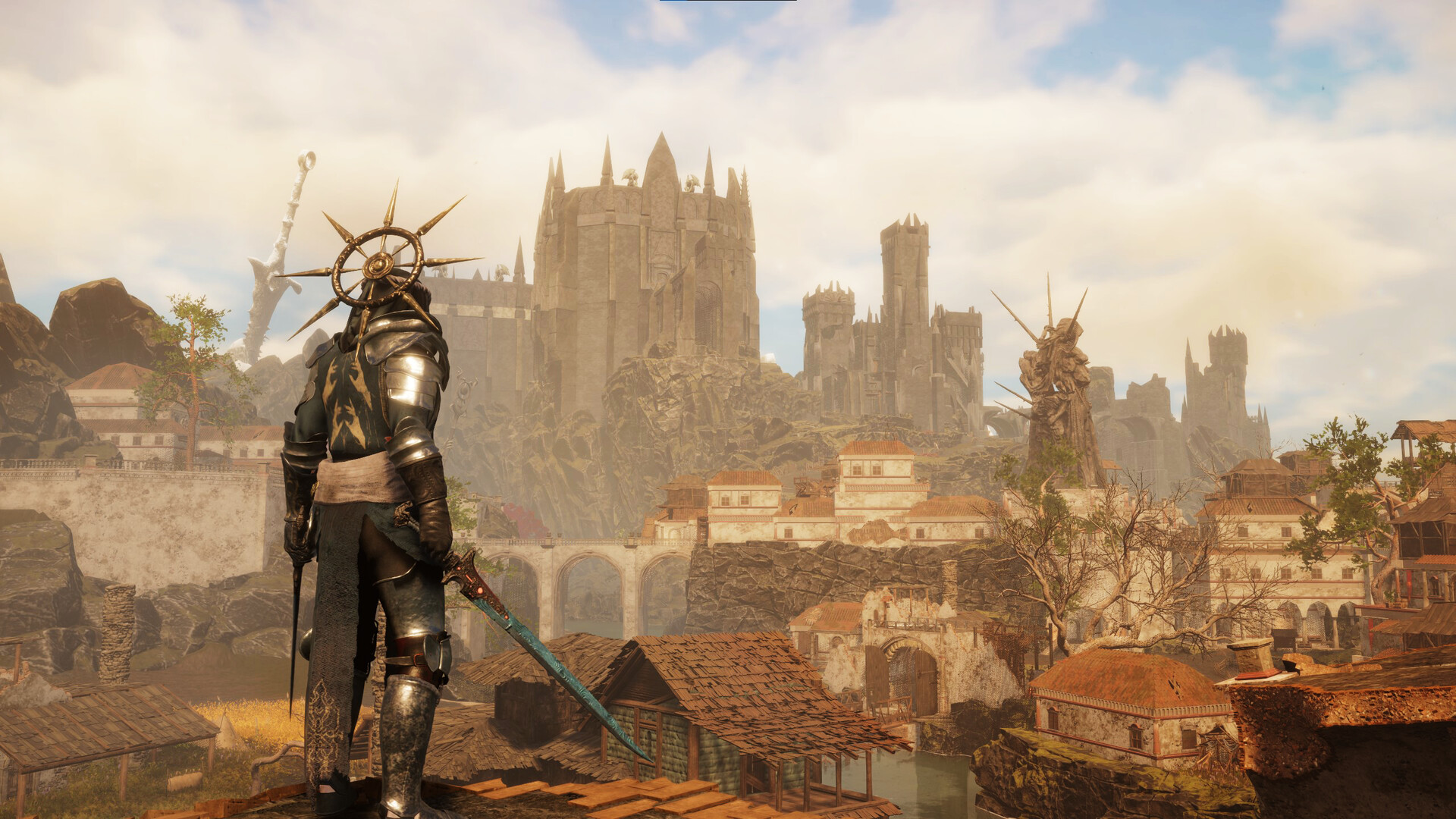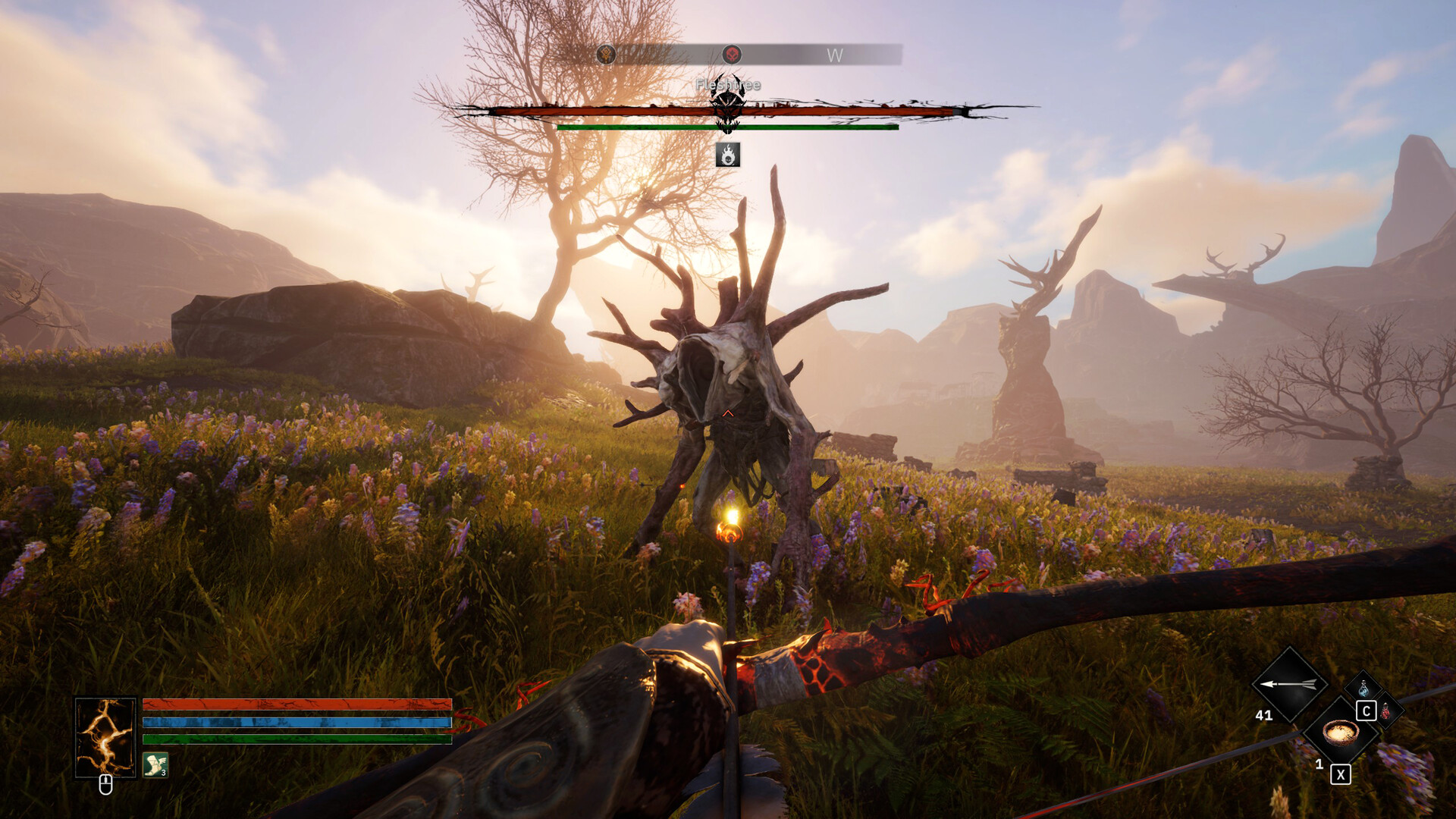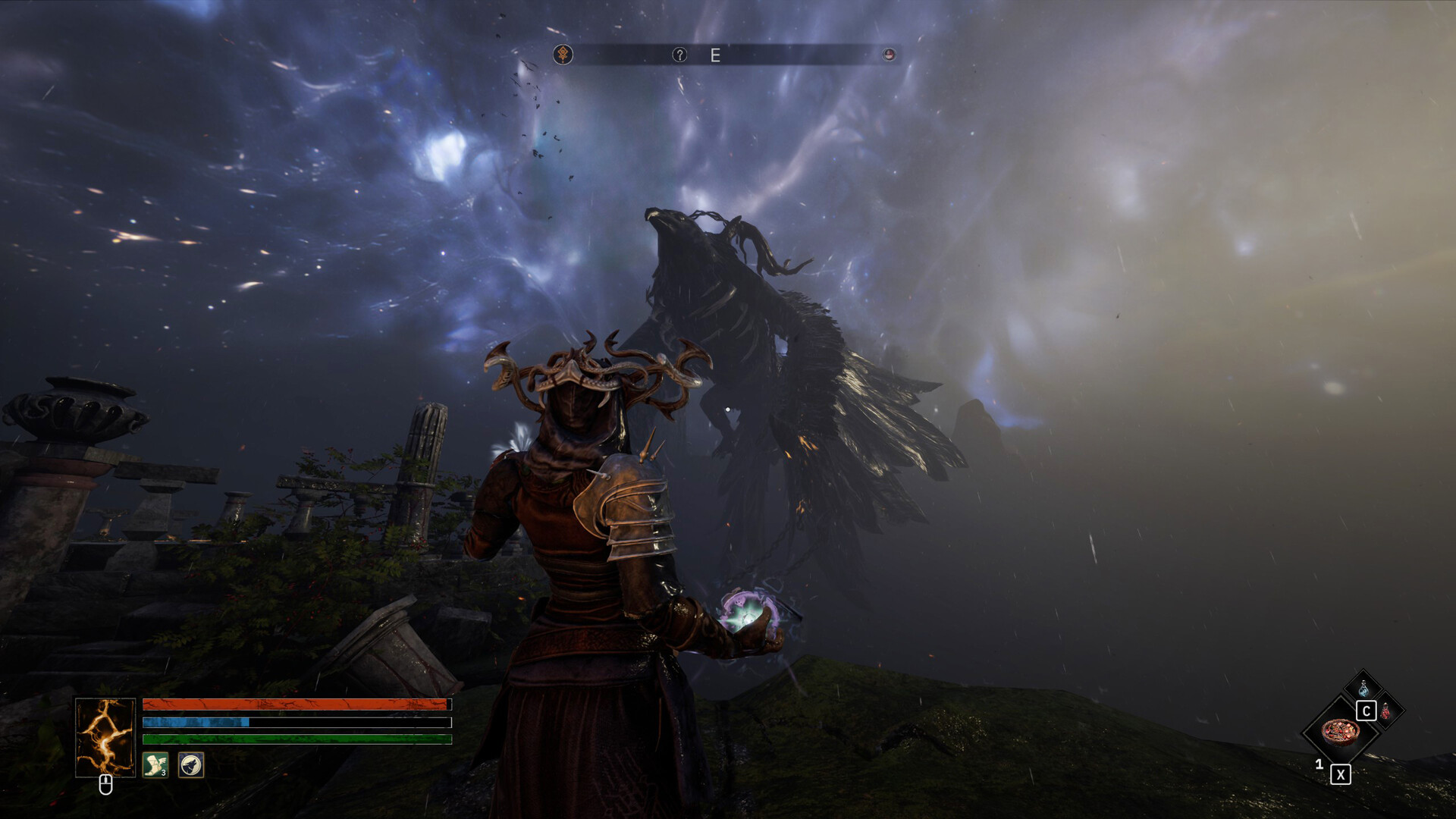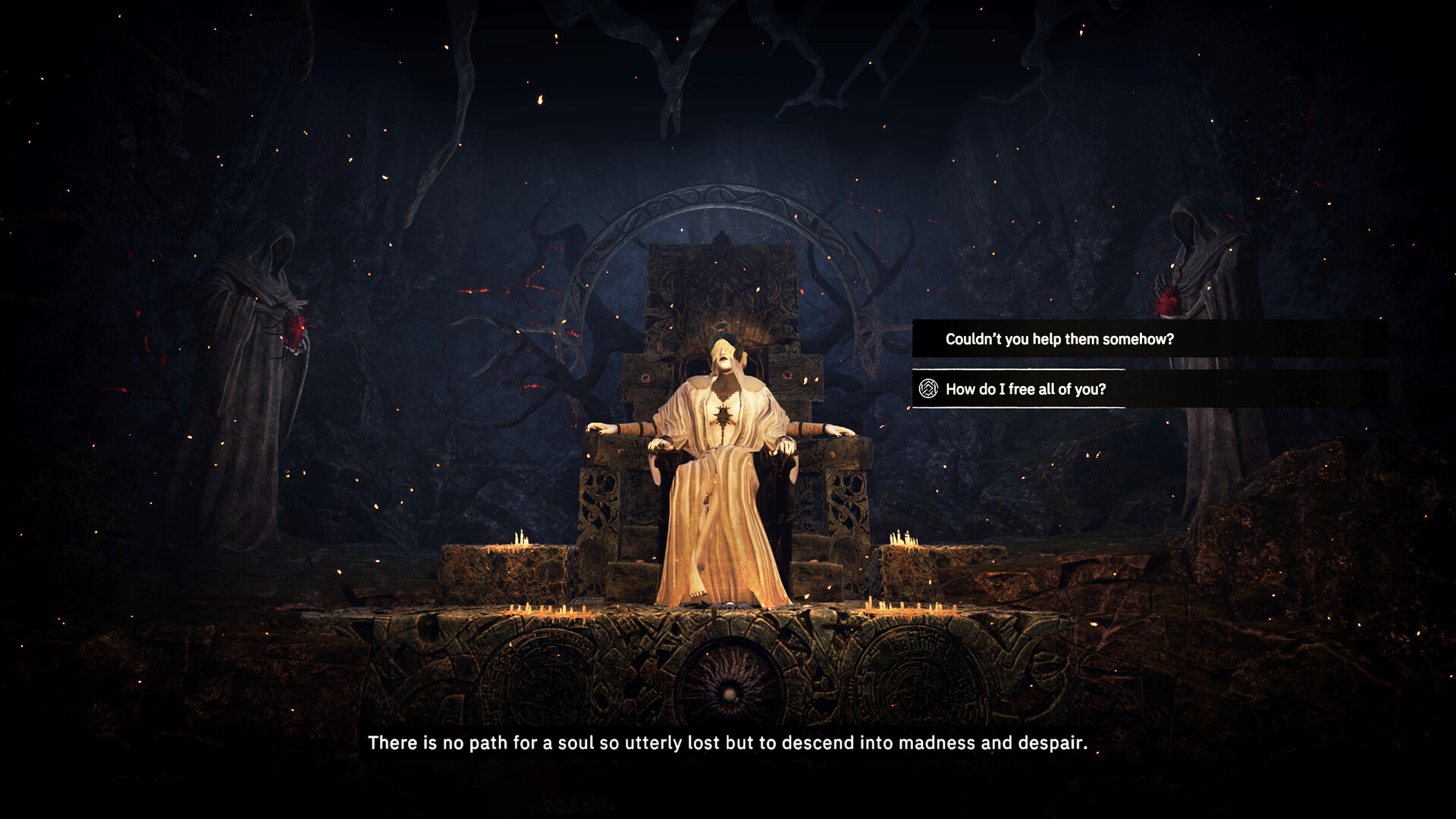Once in a while, a lesser-known game surprises us all, and Tainted Grail: The Fall of Avalon is one of those gems this year. I hadn’t heard much about this dark fantasy RPG beforehand, and it turned out to be a genuine blast, offering a unique and compelling experience that sets it apart from the crowd.

A Grim Reflection of Arthurian Legend
Forget the chivalry and shining armor of traditional Arthurian tales. Tainted Grail: The Fall of Avalon plunges you into a world steeped in darkness and decay, a far cry from the idyllic Camelot we all know. Avalon is withering, shrouded in a malevolent force known as the Wyrdness. As one of the remaining inhabitants, you must embark on a perilous journey to uncover the source of this corruption and find a way to save your dying land.
The connection to the Arthurian mythos is more of a twisted mirror image. Familiar characters and locations exist, but they are warped and corrupted by the pervasive darkness. This isn’t a heroic quest for glory; it’s a desperate struggle for survival. The lore is richly detailed and unfolds gradually, rewarding exploration and investigation. It’s reminiscent of a From Software title in its grim atmosphere. The monsters aren’t just generic fantasy creatures; they are grotesque manifestations of the Wyrdness, infused with a sense of dread and unease. This feeling of impending doom permeates the game, making it stand out from other open-world RPGs released this year. It’s a haunting and compelling experience that kept me hooked from beginning to end.

Freedom and Exploration with a Touch of Grime
In terms of gameplay, Tainted Grail: The Fall of Avalon bears a strong resemblance to Skyrim, particularly in its approach to open-world adventuring. The world is vast and inviting, filled with branching story quests, side quests ranging from simple fetch tasks to intricate storylines for various factions, and a rewarding leveling system. The freedom to explore and carve your own path is a real highlight.
The game’s leveling system employs a skill-based progression system tied directly to your actions. Using one-handed weapons levels up your one-handed combat skill, and the same principle applies to everything else you do in the game. This encourages experimentation and allows you to truly shape your character’s abilities based on your preferred playstyle. On top of this, you also gain experience points from quests and enemy encounters. These points can be invested in a separate leveling system that lets you further customize your character. This dual-layered system offers a significant degree of control over your character’s development.
For me, a crucial metric for judging open-world games is how easily and enjoyably you can get sidetracked from the main story. Tainted Grail: The Fall of Avalon excels in this regard. I constantly found myself veering off the beaten path, uncovering hidden locations, engaging in intriguing side quests, and gleaning valuable insights into the world’s lore that I wouldn’t have encountered otherwise. However, despite the compelling gameplay and engaging world, Tainted Grail: The Fall of Avalon is not without its flaws. The game suffers from its fair share of bugs and glitches, and some animations feel stiff and outdated. These issues serve as a reminder that the game was developed with a smaller budget compared to some of the behemoths it’s competing with.

A Mixed Bag of Beauty and Age
The visual presentation of Tainted Grail: The Fall of Avalon is a mixed bag. At times, the game looks stunning, with detailed environments and a dark, foreboding atmosphere that perfectly captures the game’s tone. However, at other times, the visuals appear dated, particularly when it comes to character models and textures, which can resemble those of a game from the previous generation.
Despite these inconsistencies, the art style of the dark fantasy world is undeniably unique and captivating. It feels distinct from many other open-world RPGs, with a visual aesthetic that emphasizes the decay and corruption that plague Avalon. The creature designs are particularly impressive, showcasing the grotesque and unsettling nature of the Wyrdness.

Conclusion
Tainted Grail: The Fall of Avalon might not be the game you’ve heard the most about, especially in a year packed with open-world RPGs. However, it stands out as one of the most engaging and memorable experiences I’ve had this year. Its dark and compelling story, rewarding gameplay, and unique art style make it a hidden gem that deserves attention.
While it may suffer from some technical shortcomings, the game’s strengths far outweigh its weaknesses. I found myself constantly drawn back to the world of Avalon, eager to uncover its secrets and overcome its challenges. If you’re looking for a dark and immersive open-world RPG with a unique twist on Arthurian legend, Tainted Grail: The Fall of Avalon is definitely worth checking out. It’s a game that I will undoubtedly keep coming back to.

Leave a Reply